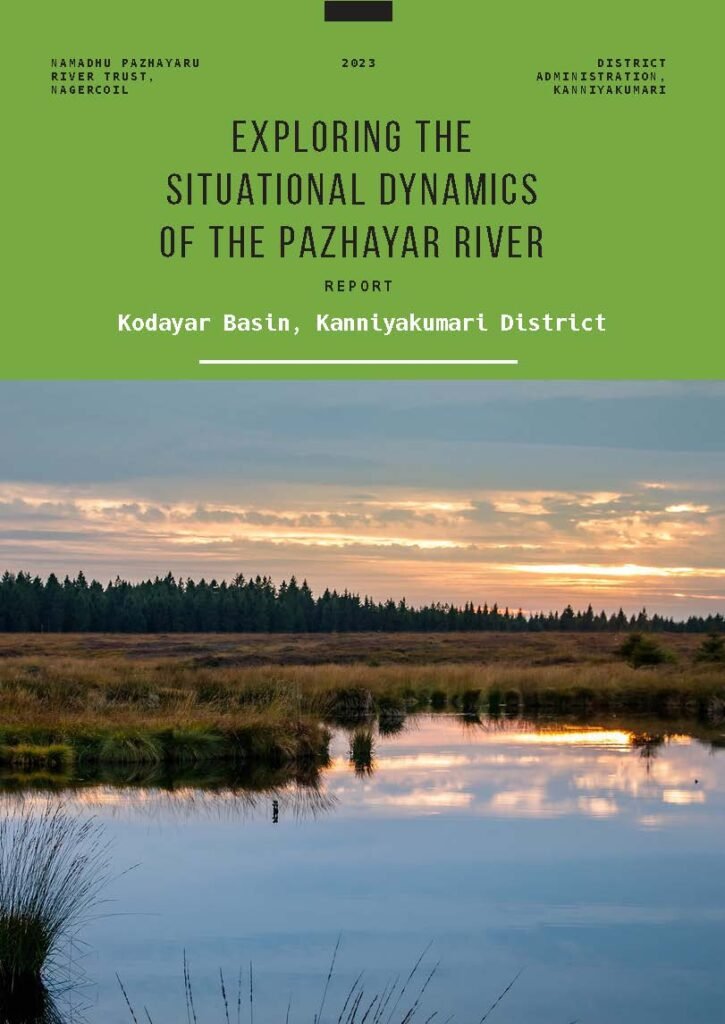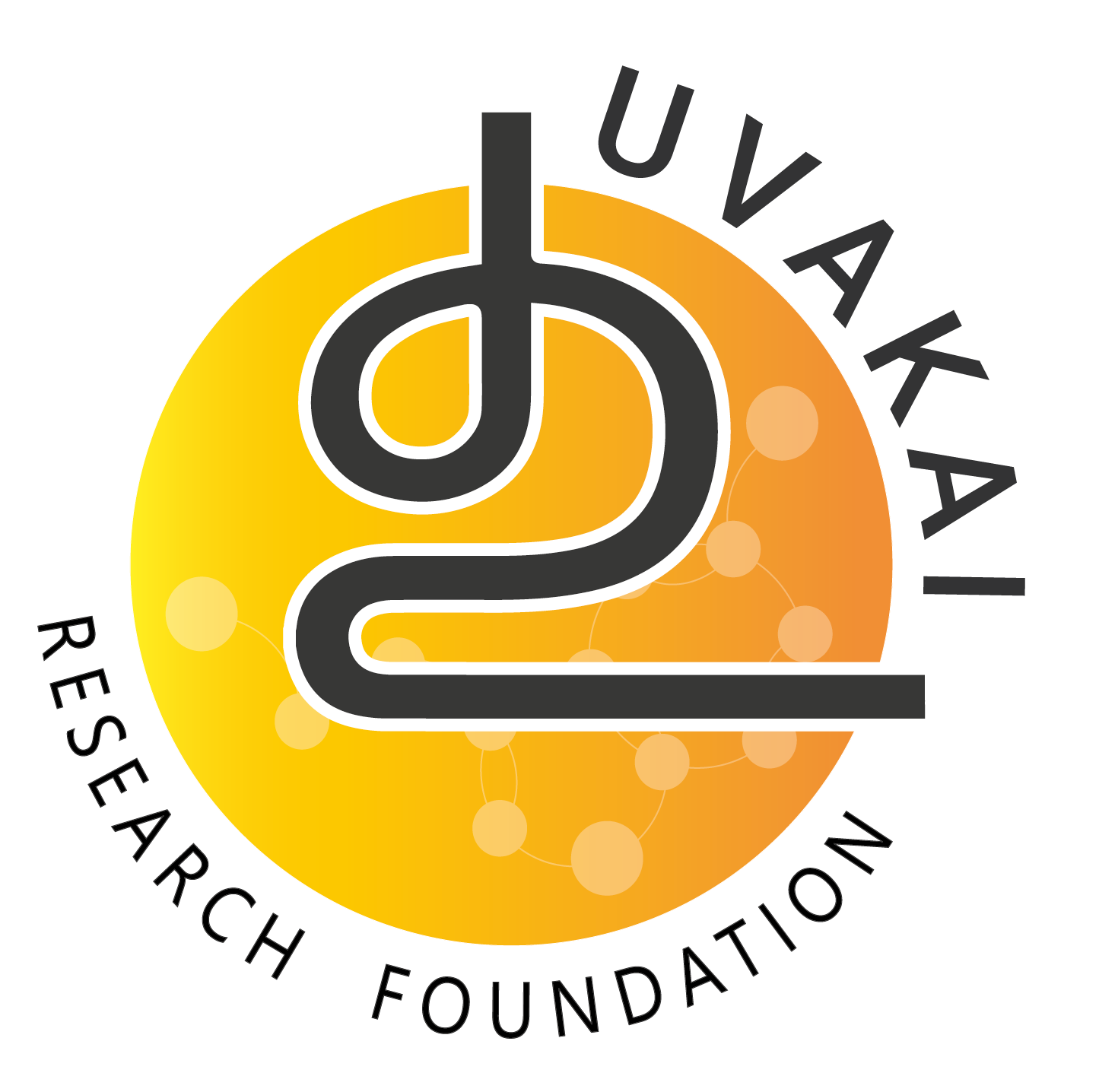In an era defined by rapid industrialization and urbanization, the delicate balance between humanity and the natural world often hangs in balance. The Pazhayar river, a once vibrant and life-sustaining entity, stands as a poignant example of this intricate relationship. This report, titled “Exploring the Situational Dynamics of Pazhayar river”, delves deep into the heart of a complex environmental narrative that has gradually developed over decades. Rivers have long held a sacred place in human history, shaping civilizations and nurturing ecosystems. The Pazhayar river, snaking through the landscape like a sinuous thread, was once a lifeline for the communities that thrived along its banks. However, the passage of time has brought with it a series of challenges that have cast a shadow over the river’s vitality. Pollution from various sources, unchecked encroachment, and unsustainable practices have taken their toll on the once-clear waters that sustained both life and tradition. The recent increase in the frequency of floods serves as a warning that necessitates immediate action, not only to safeguard the river but also to protect our own interests from its impacts.
By conducting meticulous field measurement book (FMB) and differential global positioning system (DGPS) surveys to establish precise boundaries, conducting thorough data analysis, and conducting on-the-ground observations, this report aims to uncover the intricate layers of the river’s current state. However, it is important to note that this report does not dwell in lamentation; rather, it serves as a resounding call to action.
The intent of this report is to kindle a sense of responsibility. The need for immediate intervention is not a mere choice – it stands as an undeniable imperative. As we delve deeper into the profound challenges that the Pazhayar river faces, we simultaneously chart potential routes to restoration. The expedition towards reinstating the river to its former grandeur necessitates a collective endeavour characterized by collaborative initiatives, informed decision-making, and an unwavering commitment to sustainable practices. As we embark on this investigative journey, we invite readers to immerse themselves in the intricate tapestry of the Pazhayar river’s story. Let this report be a catalyst for change, an embodiment of the belief that through knowledge and action, we can restore the waters that have sustained us and ensure a more harmonious coexistence between humanity and nature.

